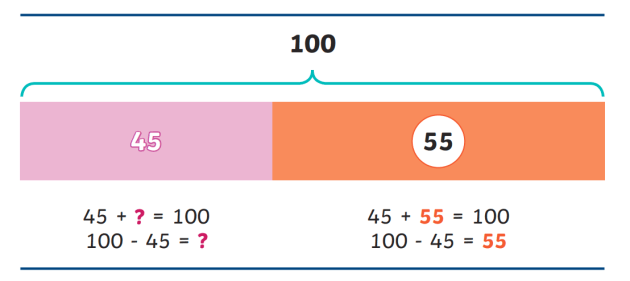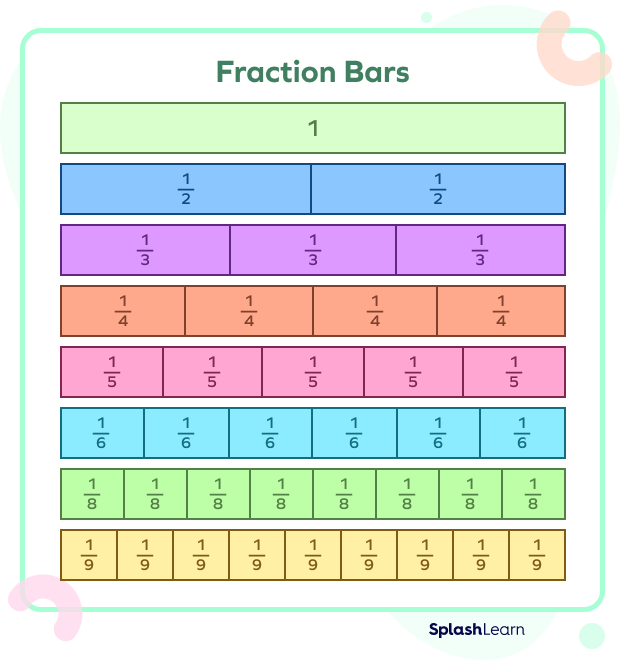Everything About Bar Design Illustration Techniques: Transforming Complex Mathematics Issues Into Simple Visuals
Bar model attracting techniques offer a practical approach to recognizing complex math issues. By standing for numbers and their partnerships via easy rectangular bars, trainees can picture procedures like enhancement, division, subtraction, and reproduction. This approach not just boosts understanding yet also fosters important assuming abilities. As instructors explore the benefits of bar designs, they may discover new techniques to engage students in maths. What understandings can these methods offer in real-world situations?
Comprehending the Bar Model Concept

The bar design promotes critical thinking by encouraging trainees to picture analytic procedures. It permits them to recognize missing values with comparative evaluation of the sizes of benches, making abstract principles substantial. This methodology is particularly effective for younger students who might have problem with mathematical depictions alone. Because of this, the bar model cultivates a solid foundational understanding of maths, boosting general problem-solving skills and advertising confidence in dealing with mathematical operations.
Just How to Create Bar Models for Addition and Reduction
To effectively develop bar versions for addition and reduction, one should initially identify the quantities entailed in the trouble. This involves acknowledging the total amount, as well as the individual components that add to that total. For addition, the design typically includes two bars representing the different amounts, with a third bar showing their incorporated amount. Each bar's size ought to represent its mathematical worth, making it easy to visualize the partnership in between the quantities.
In subtraction, the model is slightly various; it consists of one bar for the overall and one more for the quantity being subtracted. The staying portion can be represented as a different bar, illustrating the distinction. By clearly labeling each bar with its matching value, the version becomes an effective visual tool. bar model drawing techniques. This technique not only help in comprehending the operations but also improves analytic skills, making mathematics more accessible to students
Using Bar Models for Reproduction and Division
Bar versions act as powerful devices for envisioning reproduction and division, streamlining complicated problems right into manageable components. By representing amounts with rectangle-shaped bars, students can easily realize connections in between numbers. In reproduction, a bar model can highlight the idea of teams, where one bar stands for the total amount and smaller sectors stand for specific groups. For instance, a design could show 4 groups of 3, with the complete size of the bar suggesting 12.
In department, bar models properly portray the circulation of a total amount right into equal components. A solitary bar can represent the complete number being separated, with sections highlighting the equal parts created. This aesthetic representation assists pupils understand the concept of partitioning or sharing. Generally, making use of bar designs for these operations boosts understanding by transforming abstract computations into concrete visuals, permitting students to picture the relationships between multiplicands and divisors successfully.
Addressing Word Problems With Bar Designs
Word troubles can often position challenges for learners, making it hard to identify the required operations to fix them. Bar versions work as a valuable tool in this situation, changing intricate circumstances right into clear visual depictions. By segmenting information into bars, students can much better understand quantities and partnerships involved in the trouble.
When confronted with a word trouble, learners can begin by recognizing key components such as totals, parts, and the connections between them. Each element can be illustrated using unique bars, enabling pupils to envision the trouble's structure. This technique promotes logical reasoning, allowing students to discern which mathematical operations to use.
For example, when handling enhancement or subtraction, the bar design can represent the entire and its components, while for multiplication and division, it can mark equal groups. In general, bar designs streamline the analytical process, making it much more obtainable for pupils to come to the right options.
Tips for Mentor Bar Design Techniques Successfully
Efficient teaching of bar version strategies can greatly enhance trainees' understanding of mathematical principles. To achieve this, teachers need to begin by introducing the basic principles of bar designs, ensuring that trainees grasp the partnership between amounts stood for aesthetically. Clear, step-by-step presentations throughout lessons can aid demystify the process, cultivating self-confidence in students as they discover to use these strategies.
Encouraging collective group job can additionally be useful, as pupils can share concepts and techniques, enhancing their discovering through peer communication. Teachers need to supply a variety of technique troubles, slowly enhancing intricacy to test trainees without overwhelming them. Using real-life situations can make the issues much more relatable, improving engagement.
Regular feedback is important; teachers should give constructive objection that overviews trainees in fine-tuning their skills. Integrating innovation, such as interactive software or online sources, can provide extra support and technique possibilities, strengthening pupils' understanding of bar models.
Real-Life Applications of Bar Design Illustration
While several students originally view bar version drawing as a classroom device, its applications prolong far beyond academic setups into everyday life. This technique can streamline budgeting, allowing people to visualize income and expenses clearly. By breaking down financial elements into bars, one can quickly determine costs patterns and save much more efficiently.
Additionally, bar models help in planning and arranging tasks. When managing time for various activities, individuals can represent each job with a bar, giving a visual overview of concerns and time allowance.

Regularly Asked Inquiries
How Do Bar Designs Aid With Students' Problem-Solving Skills?
Bar versions boost students' problem-solving skills by giving a graph of mathematical connections. This clearness helps them understand complex ideas, facilitates logical reasoning, and supports the advancement of efficient approaches for dealing with different issues.
Can Prevent Models Be Utilized for Geometry Troubles?
Bar versions can indeed be utilized for geometry issues, helping pupils in visualizing relationships between shapes and dimensions. They help with understanding of principles such as location, perimeter, and spatial reasoning in a structured way.
Are There Specific Software Program Equipment for Creating Bar Models?
Yes, numerous software application tools exist for developing bar models, consisting of Microsoft PowerPoint, Google Slides, and specialized math applications like Mathigon and GeoGebra, which facilitate the visualization of mathematical principles with customizable and interactive bar representations.
What Age Perks Many From Bar Model Techniques?
Youngsters aged 7 to 12 benefit most from bar model techniques (bar model drawing techniques). This age, commonly discovering foundational mathematics principles, locates graphes especially helpful for understanding relationships in between numbers and fixing complex problems better
Just How Can Parents Assistance Bar Design Understanding in your home?
Moms and dads can sustain bar design learning by offering aesthetic aids, involving in discussions regarding analytical, motivating practice with video games, and enhancing concepts with everyday examples, making mathematics relatable and pleasurable for their kids.
For enhancement, the model commonly consists of two bars standing for the different quantities, with a 3rd bar showing their incorporated amount. In reproduction, a bar model can illustrate the concept of groups, where one bar stands for the overall amount and smaller sized sections stand for specific teams. To attain click here this, instructors need to start by presenting the basic concepts of bar versions, ensuring that students understand the connection in between amounts stood for visually. Bar designs enhance students' problem-solving skills by providing an aesthetic depiction of mathematical partnerships. Bar models can certainly be utilized for geometry issues, helping pupils in visualizing connections between shapes and measurements.